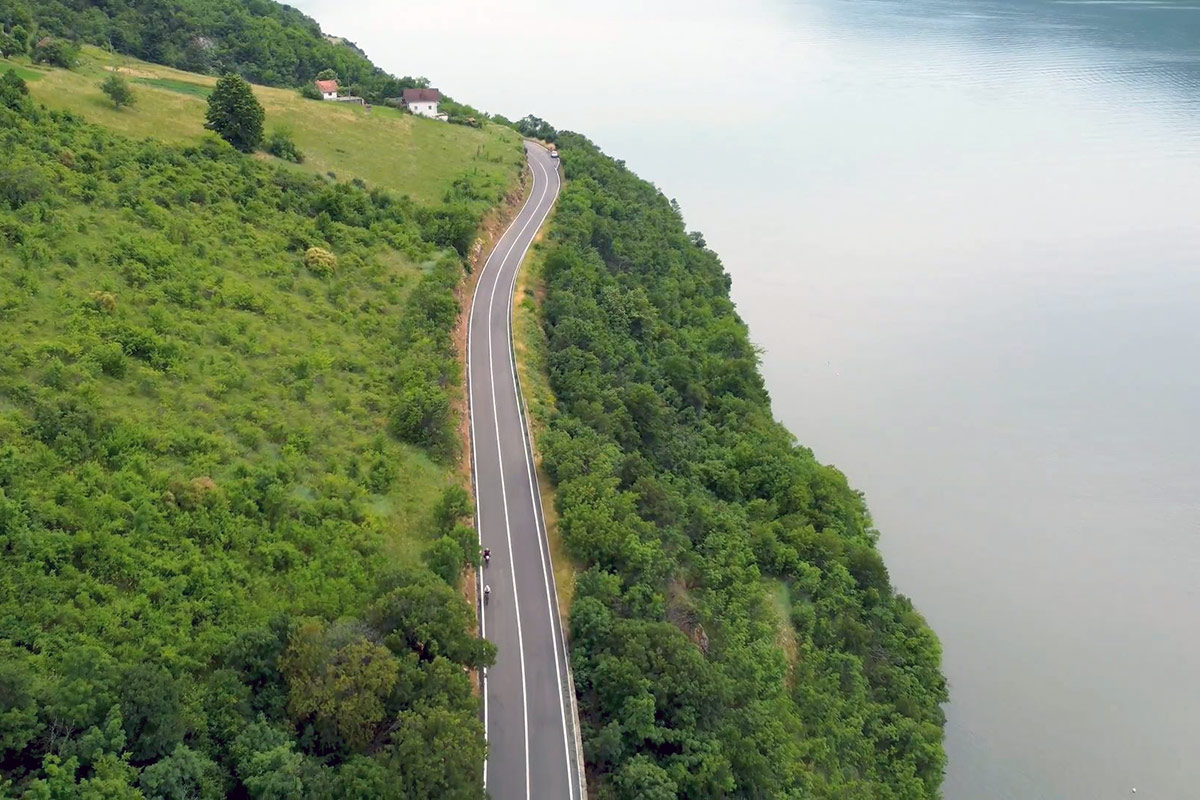INSPIRATION DANUBE
INSPIRATION DANUBE
The perfect choice for a short vacation or an extended weekend is just a few hours’ drive away – the region of the Lower Danube and Eastern Serbia offers magical nature, a rich cultural and historical heritage, great conditions for an active vacation and an unforgettable gastronomic experience. This website combines the tourist offer of eight municipalities in Eastern Serbia and the Lower Danube: Smederevo, Požarevac, Veliko Gradište, Golubac, Majdanpek, Kladovo, Negotin and Zaječar.
Wonders of nature
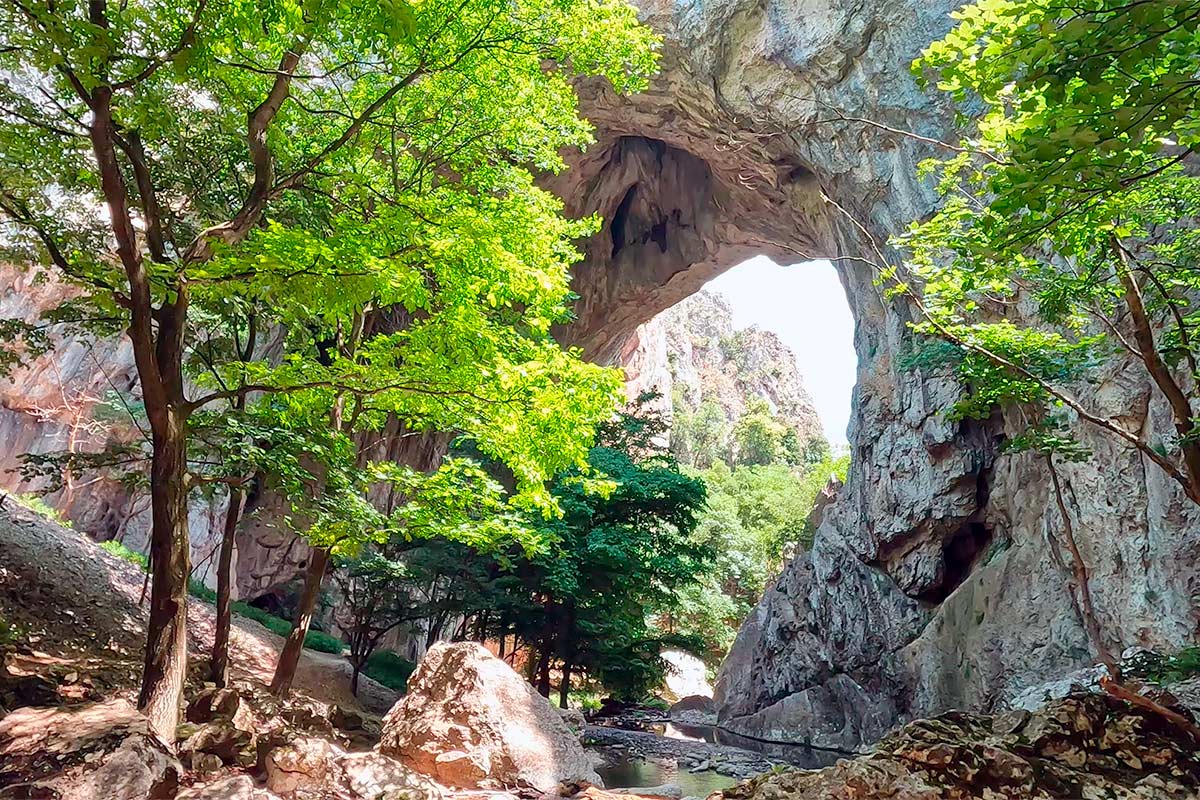
Vratna Gates
The Vratna Gates are located about 30 km from Negotin and represent natural stone “bridges” created by the collapse of parts of a river cave ceiling. There are three gates: the Velika (Great) and Mala (Small) gates are slightly more accessible to tourists, while the Suva (Dry) gate is the most challenging for researchers. These natural bridges are the highest in Europe.
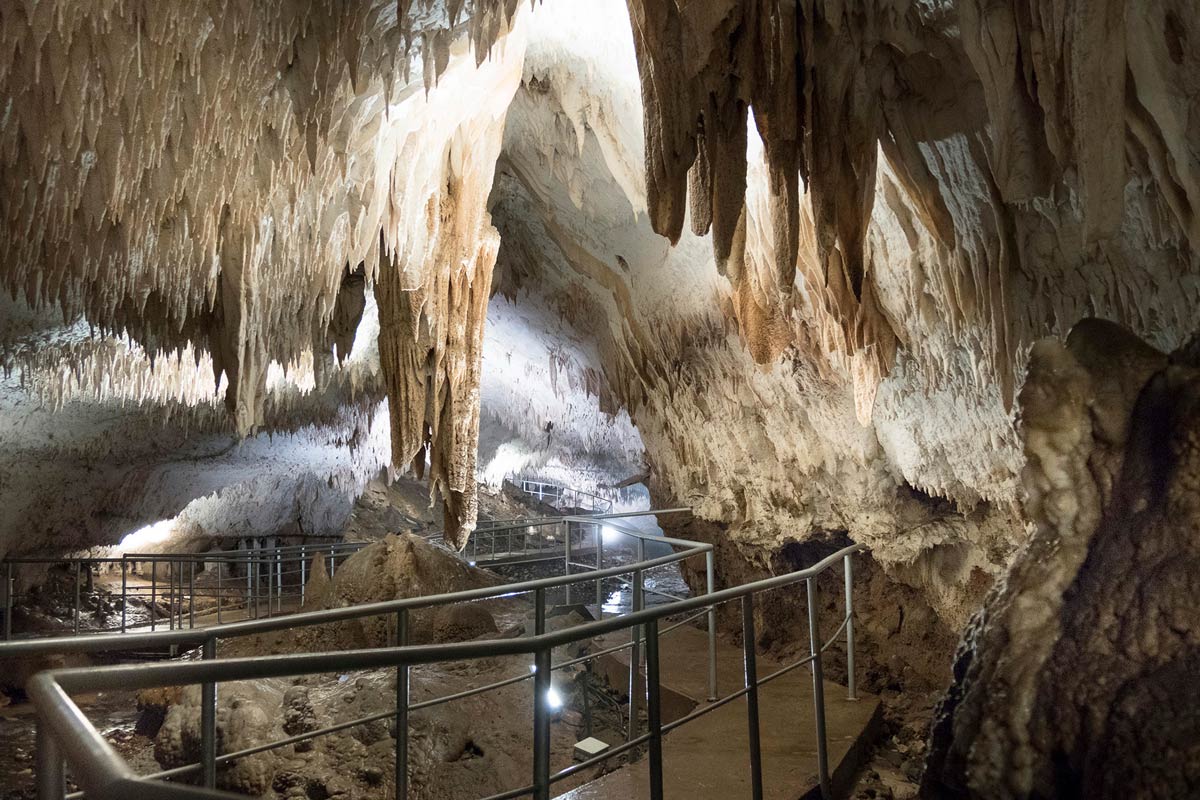
Rajko’s cave
Rajko’s cave is situated near Majdanpek and its passages are over 2 km long. Our famous geographer Jovan Cvijic was the first to explore them, at the end of the 19th century. The cave was named after the famous Rajko Vojvoda (Duke) who spent his days in the tavern and nights robbing Turkish caravans, the treasures from which Rajko hid in this very cave. Rajko’s river runs through the cave.
Tumane Monastery
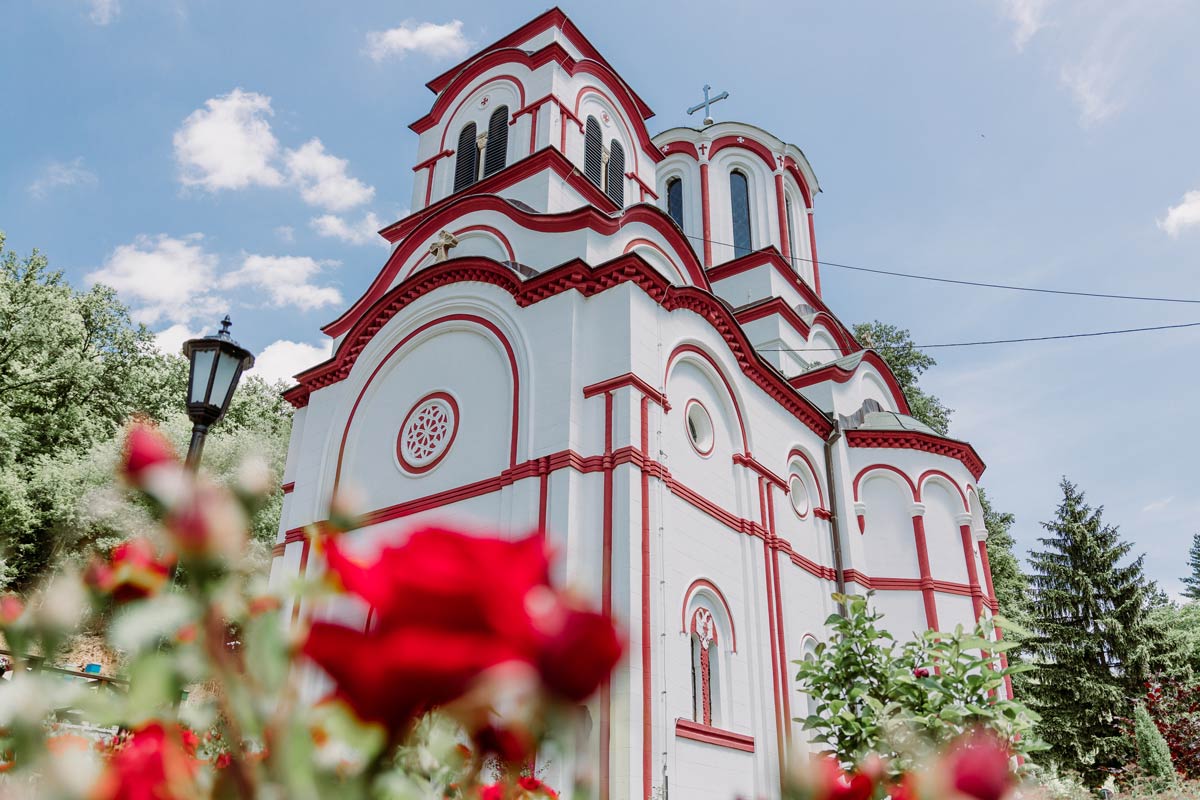
According to folk tradition, Tumane Monastery was built as an endowment of the Kosovo hero Milos Obilic, who was hunting in the forests near the Monastery and unintentionally wounded the hermit Saint Zosimus. Realising the fate that was about to befall him, Saint Zosimus said “Tu mani, i pusti me da umrem” – “Leave me here and let me die” – and this is the spot where Tumane Monastery was built. About a 1 km walk from the Monastery there is the hermitage of Saint Zosimus, who lived in one cave and prayed in another.
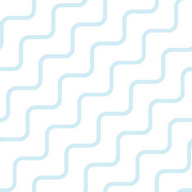
The Danube fortresses
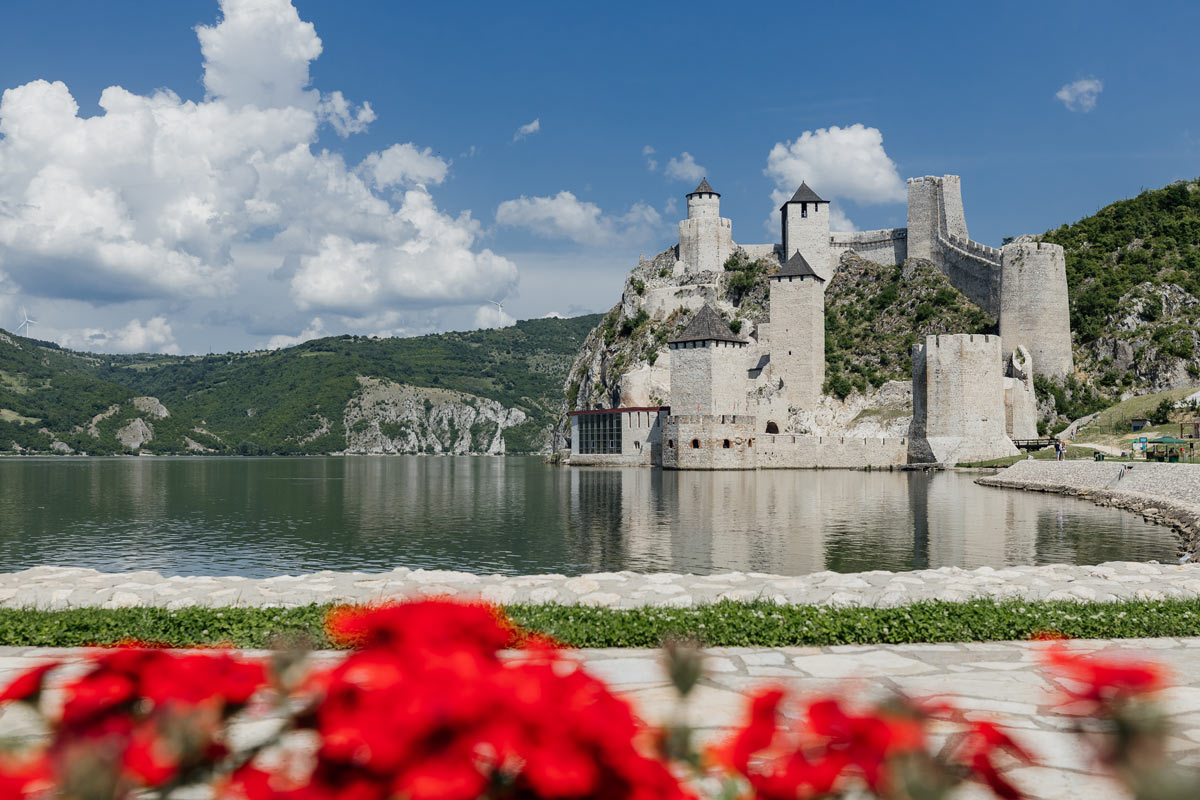
Golubac Fortress
Recently completely renovated, the Golubac fortress is located at the very entrance to the Djerdap Gorge, a few kilometres downstream from the city of Golubac. The fortress offers an amazing view of the widest part of the Danube, over 6 kms wide.
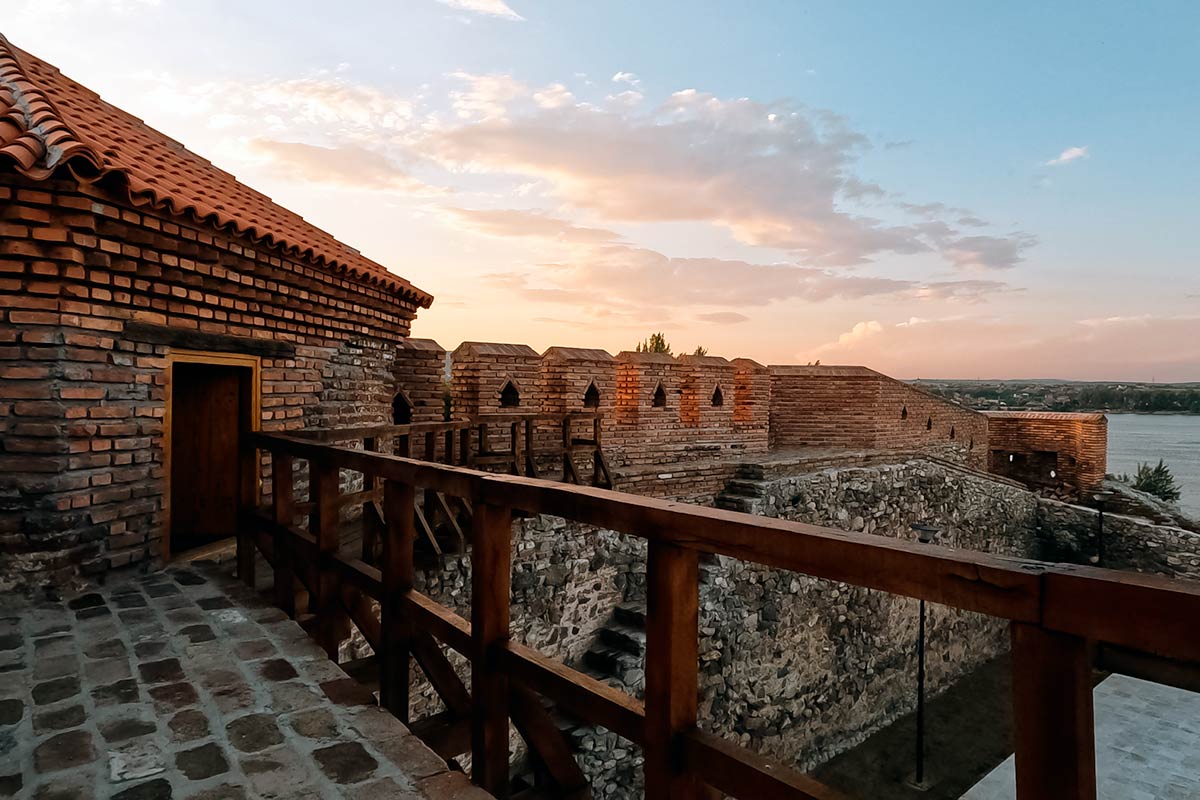
Fetislam Fortress
Fetislam Fortress is situated on a hill on the Danube’s riverbank, near the centre of Kladovo. It was built in the 16th century and consists of two fortification units from different eras: the Small Town and the Big Town. Currently, it is undergoing an extensive reconstruction, and Fetislam will soon shine with a new radiance.

Smederevo Fortress
Smederevo Fortress is located at the confluence of the Jezava and Danube rivers and was built by Despot Djuradj Brankovic as the capital of the Serbian Despotate. It has the shape of an irregular triangle and consists of two units: the Small Town and the Big Town.

Ram Fortress
A fairy-tale-like Fortress on the edge of the Balkans from which visitors can view the most magical beautiful sunsets. It is one of the most picturesque medieval fortresses on the Danube and is located on the riverbank in Ram, in the Veliko Gradište municipality.
Djerdap National Park
The Djerdap National Park stretches along the right bank of the Danube, from Golubac to Kartasi near Kladovo, a distance of more than 100 km. It is Serbia’s biggest national park, with its major natural phenomenon, a spectacular gorge, the longest of its kind in Europe. In addition to a cruise on the river, visitors can also enjoy a hike along any of the several marked trails that often end in grandiose viewpoints with an unforgettable panorama of the Danube.
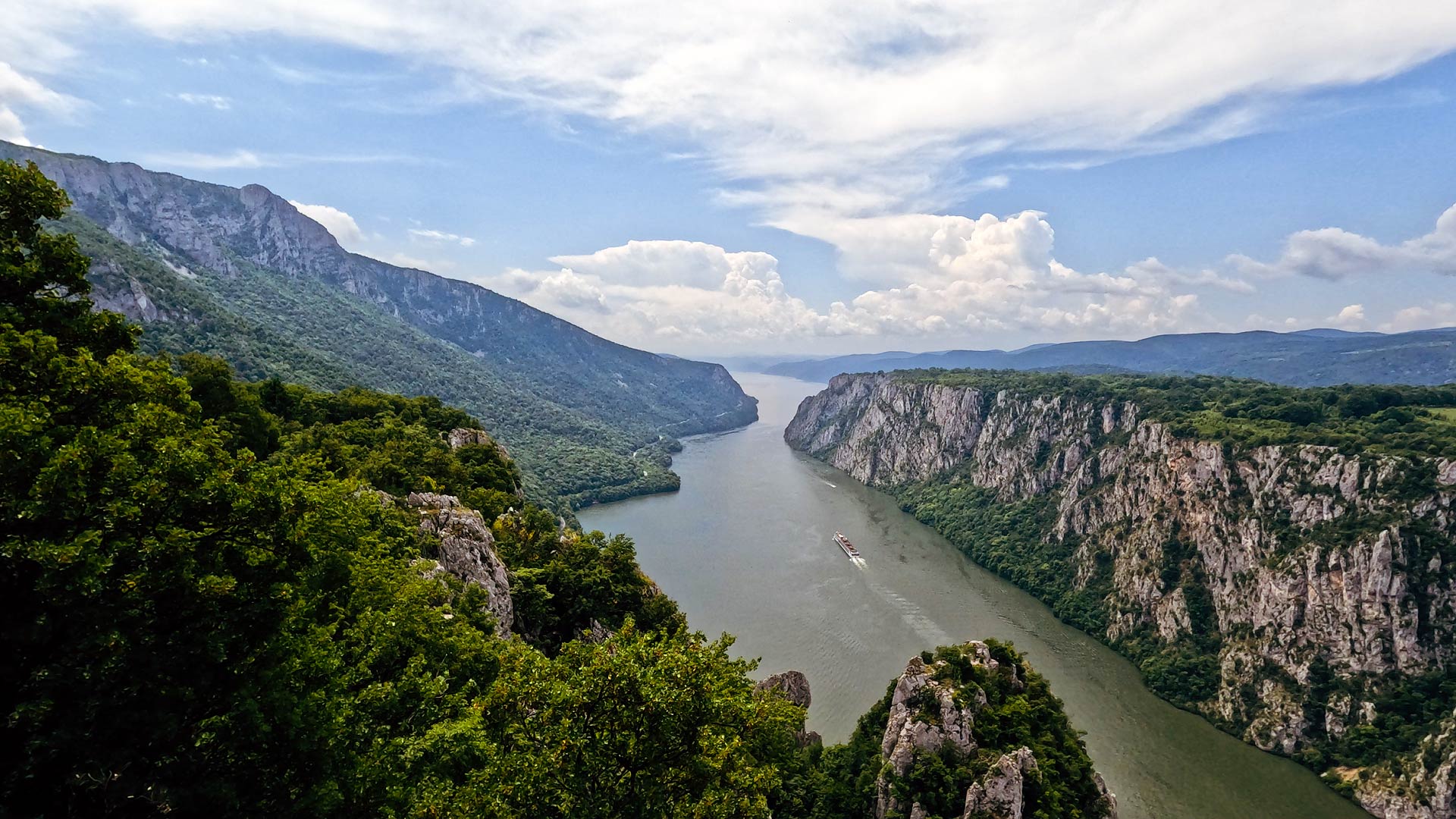
Due to its favourable climate, specific historical development and complex system of gorges, canyons and bays, the territory of the Djerdap National Park stands out as a unique European reserve of tertiary flora, vegetation, and fauna. Besides the wealth and diversity of different species, the flora and fauna of Djerdap are also characterised by a distinct relict character.
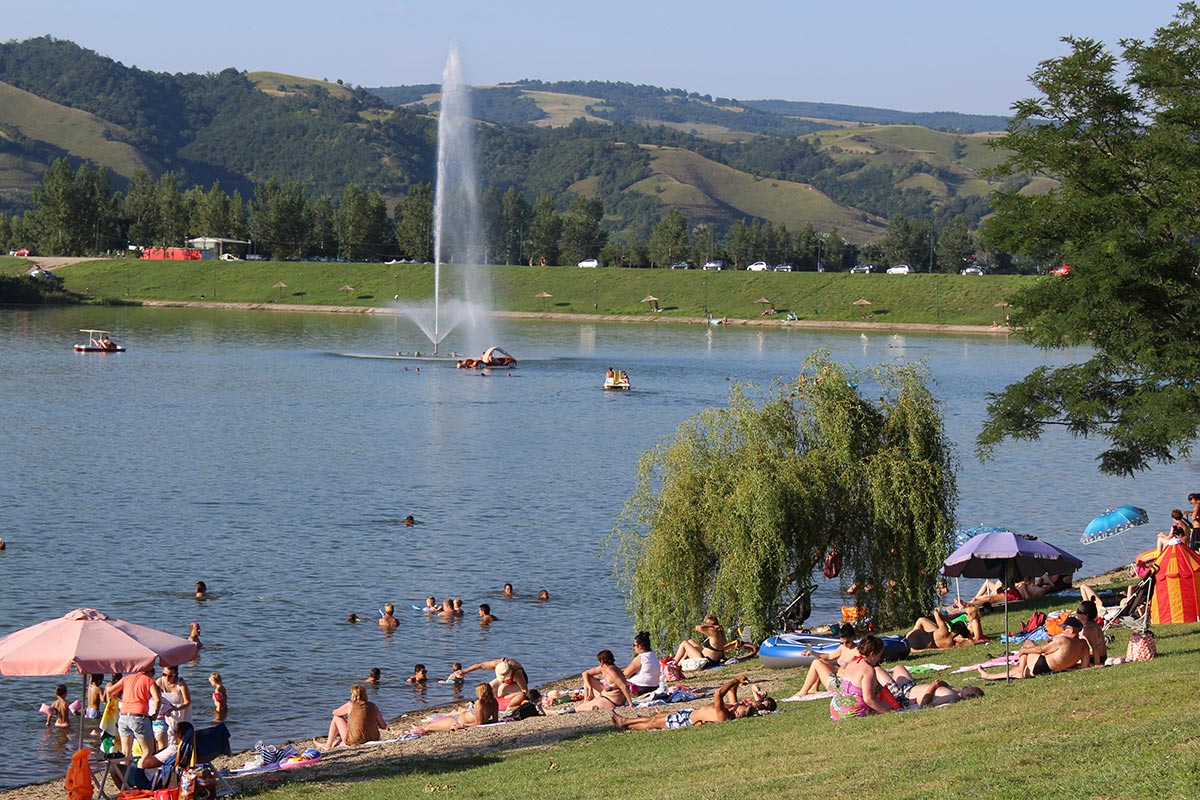
Silver Lake
Srebrno jezero (The Silver Lake) was created by damming a branch of the Danube and, with a length of 14 km, represents one of our largest lakes. It is located 2 km from Veliko Gradište. The sunlight reflecting on the water creates silver-like sparkles, and that’s how the lake got its name. Numerous visitors are attracted by the beautiful warm summers and clean water.
The History Trail

Lepenski Vir
Also known as the “Cradle of Europe”, Lepenski Vir represents one of the most significant archaeological sites of the prehistoric culture. Eight thousand years ago, around the area of today’s Djerdap, there was the first open-air civic settlement – the culture they formed lasted continuously for two thousand years.
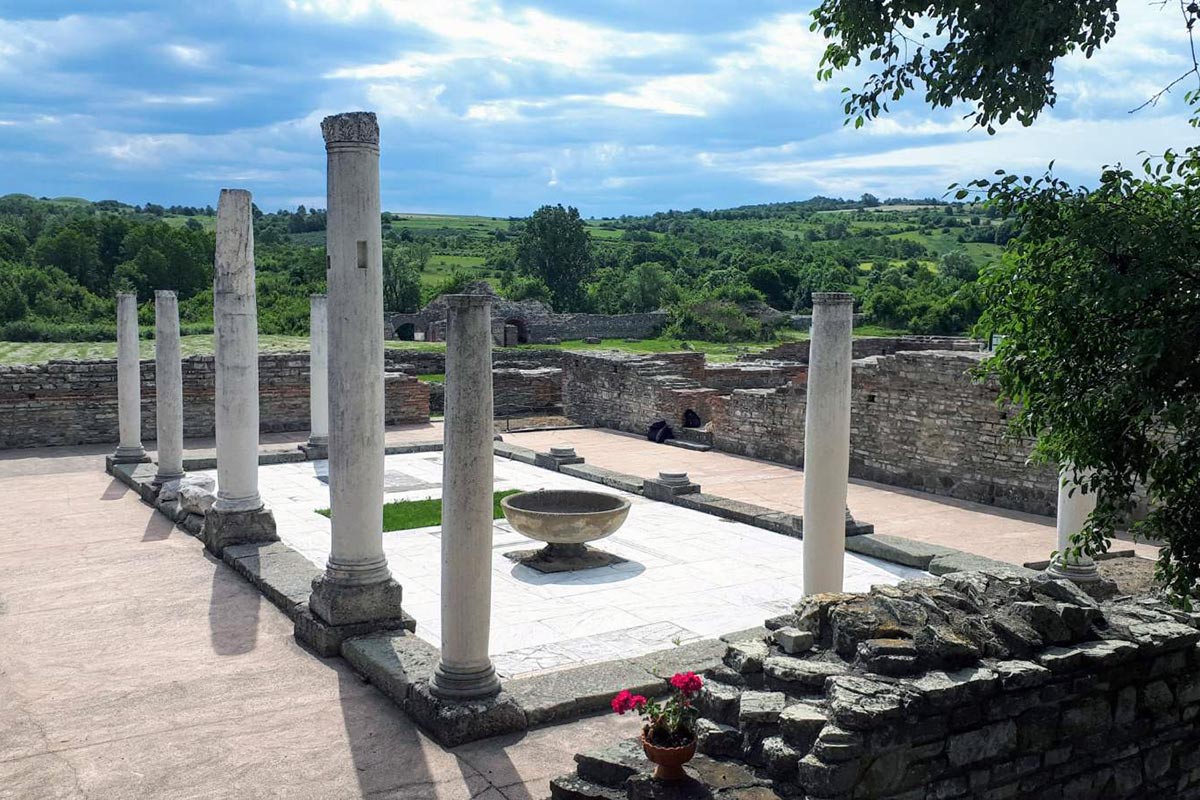
Felix Romuliana
The remains of the magnificent Roman palace Felix Romuliana are located near Zaječar. The Roman emperor Galerius built it in his birthplace and named it after his mother Romula. As a consequence of its great importance to the understanding of Roman culture and history, it is enlisted on the UNESCO World Heritage list.
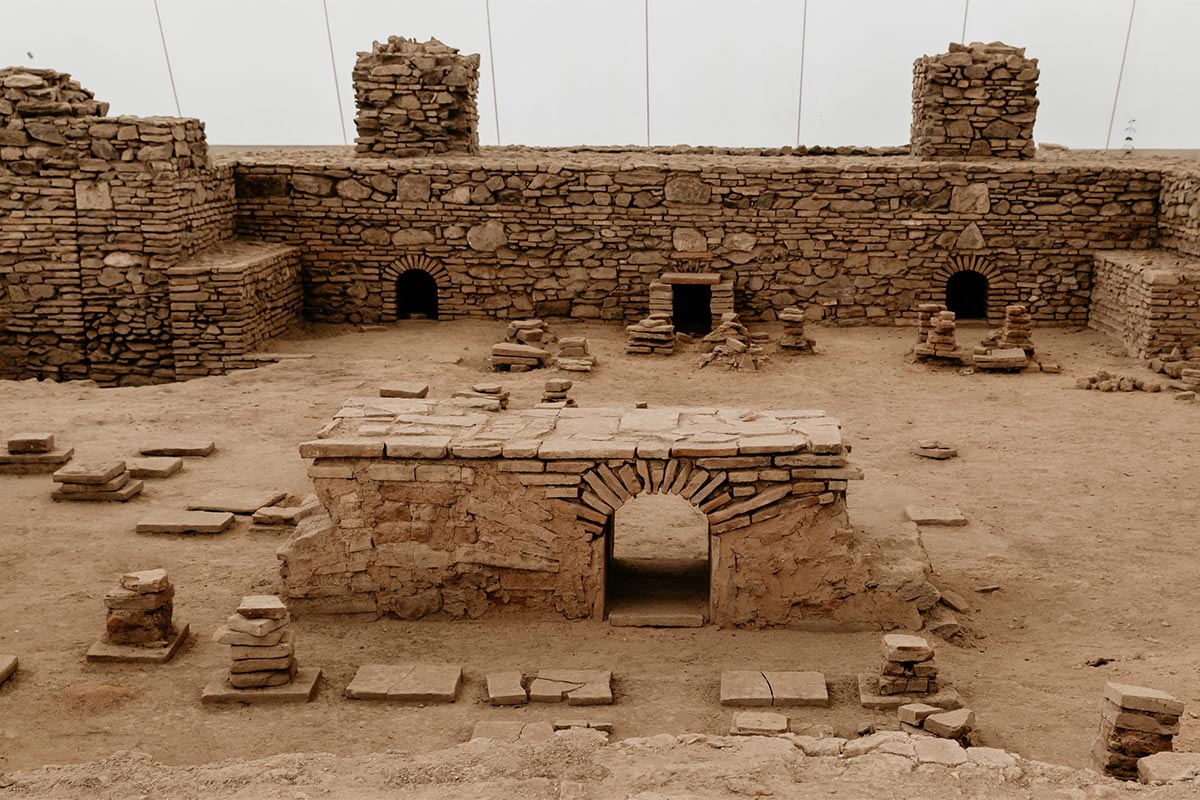
Viminacium
The area of the former Roman city and military camp Viminacium is located north of Požarevac, towards the Danube. Besides the archaeological park with numerous remains of the capital of the Roman province of Moesia Superior, tourists can visit the Mammoth Park and see a well-preserved skeleton from the prehistoric era as well as the Adventure Park.

Trajan’s Tablet
Trajan’s Tablet originates from almost two thousand years ago when the Roman emperor Trajan completed the construction of a road from Belgrade to the vicinity of Kladovo. He also built the bridge over the Danube in Kladovo. The stone tablet bears an engraved inscription in Latin, describing the construction process.

Wine Cellars
Pivnice represent a unique complex of stone houses where grapes are processed, and wine is stored. The cellars are usually partially subterranean to maintain the desired temperature, while the upper floor served as the winemakers’ lodge. Some pivnice date back to the 18th century, and just a few have stood the test of time. The biggest and most visited are Rajac and Rogljevo pivnice, between Negotin and Zaječar, closer to Negotin. Besides the unique opportunity to walk through the authentic village from the old times, local producers offer wine tasting and sell their wine.
Milena Pavlović Barili Gallery
The Milena Pavlović Barili Gallery is in her birth home in the centre of Požarevac. Her strong artistic expression marked the European avant-garde of the fourth decade of the 20th century. Besides painting, she also wrote poetry, while in America she was engaged as an illustrator of the most distinguished fashion magazines, as well as a ballet costume designer. Today, gallery visitors can see a permanent exhibition of paintings, which includes the largest number of her paintings, as well as her personal belongings, furniture, and personal library.
Municipalities



This website was created with the financial support of the European Union. Its contents are the sole responsibility of this EU-funded project and do not necessarily reflect the views of the European Union.
